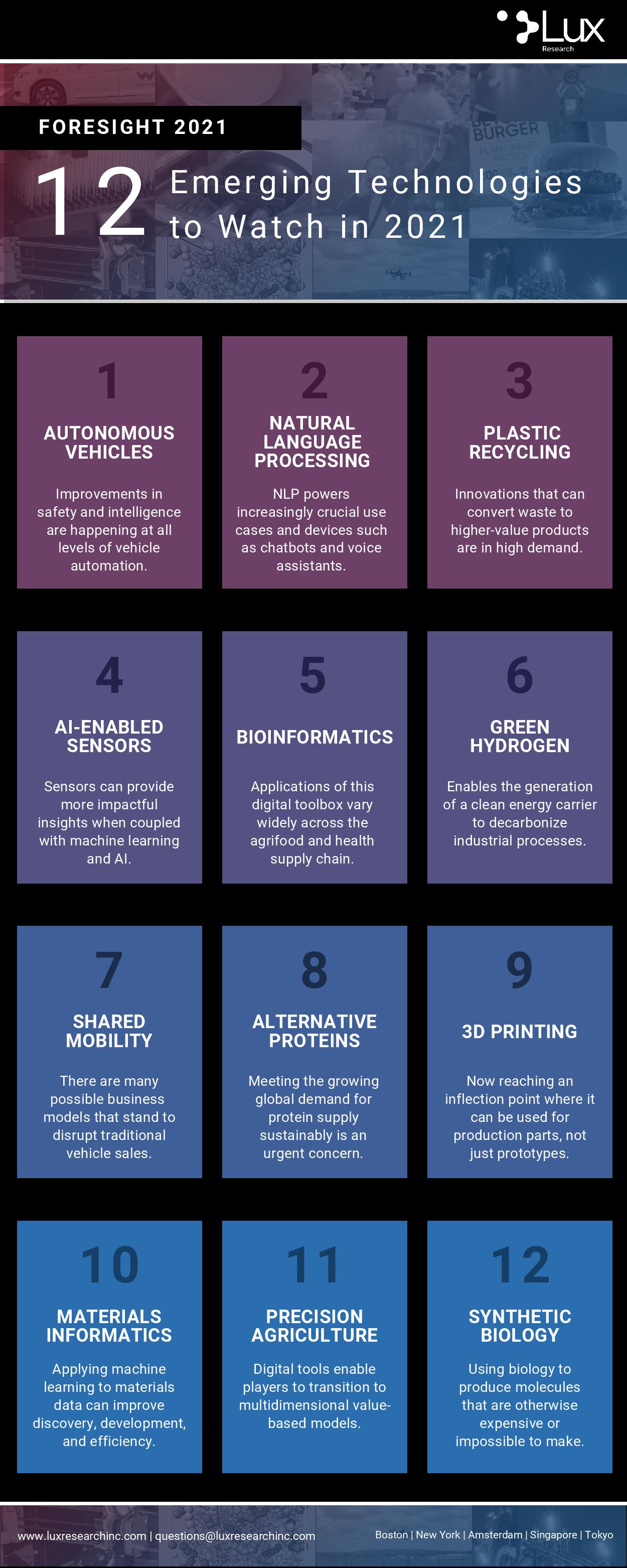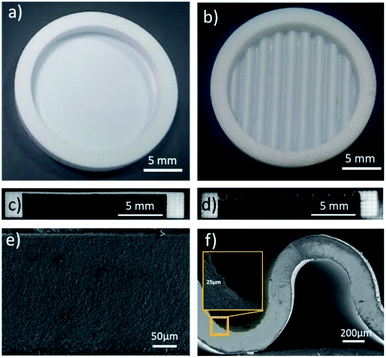3D Printing Industry’s interview series focusing on low carbon power generation together with 3D printing and renewable energy continues with an in-depth look at the potential of additive manufacturing within the green hydrogen energy sector.
According to Albert Tarancon of the Catalonia Institute for Energy Research, making hydrogen profitable will be “the turning point for a massive deployment of the hydrogen economy,” aided by the “huge” potential of 3D printing functional materials within the hydrogen energy sector.
Taking a deeper dive into this emerging energy sector, Tarancun shared with me his thoughts on how 3D printing can help transition the notion of a hydrogen economy from concept to reality.
According to the International Renewable Energy Agency (IRENA), hydrogen is estimated to make up 12 percent of global energy use by 2050. The agency also believes green hydrogen could significantly disrupt global trade and bilateral energy relations and even lead to the emergence of new centers of geopolitical influence in the future.
Harnessing hydrogen for clean energy
Hydrogen is a clean fuel that, when consumed in a fuel cell, produces only water. Hydrogen can be produced from a variety of domestic resources such as natural gas, nuclear power, biomass and renewable power, making it an attractive fuel option for electricity generation. Today, though, hydrogen fuel is most commonly produced through natural gas reforming and electrolysis techniques.
While hydrogen fuel from renewable sources offers great promise for future clean energy generation in terms of its eco-credentials, it is expensive and is not the safest source of energy around due to its high flammability. Also, it’s worth noting that not all methods of producing hydrogen are “clean” – hydrogen produced by renewable sources is termed “green hydrogen” and is still in its infancy.
Despite these drawbacks, Tarancon believes hydrogen is “for sure” one of the key technologies for a sustainable future.
“Hydrogen represents a robust energy vector for storing intermittent renewable power sources as a chemical energy carrier easy to transport and handle,” he says. “The main advantage of hydrogen is that it can be stored and presents a high specific energy, which allows its use in non-electrifiable sectors such as heavy-duty transport or intensive-energy industries like chemicals, refining, iron, and steel.
However, he does note that “one of the disadvantages is the large investment required to develop a pure hydrogen pipeline network.” Because of this, on-site generation or hydrogen injection in natural gas grids are presently considered alternative solutions.
In 2020, 3D printing and green hydrogen were both named in Lux Research’s top 12 emerging technologies to watch. The annual report indicates the top technology innovations that will have the biggest impact over the next decade, based on data from patents, academic papers, and funding combined with expert input from Lux’s analyst team.
The two technologies have previously been combined to produce an innovative hydrogen production catalyst claimed to be 20 times more efficient than others currently in existence. Fabricated by the Korea Advanced Institute of Science and Technology (KAIST) and the Korea Institute of Science and Technology (KIST), the catalyst could form the basis of a more cost-effective method of producing hydrogen in the future.
Additive manufacturing leaders have also acknowledged the future opportunities for 3D printing to establish itself as a frontrunner in the growing race to find sustainable technologies capable of producing clean hydrogen on a large enough scale to meet the current and future demands of industry.

Advancing hydrogen generation with AM
Within the hydrogen energy space, electroceramic-based energy devices like solid oxide fuel and electrolysis cells are promising candidates to benefit from 3D printing, as the technology could enable complex goemetries and novel functionalities that overcome the limitations of existing manufacturing techniques.
Solid oxide fuel cells (SOFCs) are zero-emission power generators able to convert hydrogen into electricity with a great deal of efficiency, and can also operate in reverse mode as energy storage units capable of producing storable hydrogen from electricity and water.
Tarancon and his colleagues focused in on this area in their paper, “3D printing the next generation of enhanced solid oxide fuel and electrolysis cells,” published in the Royal Society of Chemistry journal in 2020. The study was co-authored by A. Pesce, A. Hornes, M. Nunez, A. Morata, M. Torrell, and A. Tarancon.
The team successfully 3D printed a new family of high-performing electrolyte-supported SOFCs using SLA which demonstrated a 57 percent increase in performance during fuel cell and co-electrolysis modes.
The 3D printed SOFCs were fabricated with a corrugated architecture which intrinsically increased their active area by around 60 percent compared to a 3D printed conventional planar (2D) counterpart. This architecture was a first example of the wide range of printable geometries able to be fabricated via the ceramic 3D printing approach, and proved the technology’s advantage in improving the overall performance of SOFCs.
For Tarancon, the potential of 3D printing functional materials is “huge” not only in the hydrogen sector, but in many others too.
“In particular, most of the application in energy will benefit from special features only reachable by 3D printing, such as increases in active areas, architectures with high specific energy and power, and embedded functionalities like fluidics and current collection,” he says. “Definitely, all these represent unfair advantages for a performance enhancement but they should go together with a competitive cost.
“In this regard 3D printing saves multiple steps requiring manual input in currently existing manufacturing facilities and notably reduces the capital investment required to launch fabrication in plants,” he adds.
Tarancon and his team were able to produce electrolyte-supported SOFCs with both planar and enhanced-area architectures using ceramic 3D printing technologies, offering improved maximum power density, high current density, and low degradation. The work was considered a first step for the fabrication of a radically new generation of SOFCs with enhanced performance and complexity.
“Moreover, 3D printing of functional materials helps in saving typically expensive raw materials by using an additive manufacturing approach,” Tarancon says. Further analysis of the impact 3D printing could have on the energy sector can be found in his recently released book, edited with Professor Vincenzo Esposito of the Technical University of Denmark (DTU), titled: “3D Printing for Energy Applications.”
Since publishing the 2020 paper, Tarancon and his team have continued to work on advancing their 3D printed SOFCs.
“We are progressing in several directions,” he explains. “The most interesting is probably facing the challenge of scaling up the active area of the cells from 2x2cm in our seminal paper to values above 100cm squared. These large area cells are undoubtedly required to develop commercial electrolyzers based on 3D printed cells. Moreover, we are designing the whole fabrication process to carry out mass manufacturing and mass customization of the cells and stacks.”
In fact, Tarancon says ceramics 3D printing has opened up “a new world” of architectures and configurations that have never been explored before. “Therefore, we are continuously progressing in disruptive approached like monolithic stacks, thermal-shock resistance structures, and high-aspect ratio complex geometries,” he adds.

Bringing the hydrogen economy closer
Hailed as the potential “missing link” to a climate-safe energy future by Francesco La Camera, the Director-General of IRENA, hydrogen is clearly riding on the current renewable energy revolution. However it is worth noting that hydrogen itself is not “new oil”, and that it is green hydrogen, generated from renewable sources, that will bring about the most significant environmental benefits.
Tarancon is of the same opinion, and believes the hydrogen sector’s future looks promising as long as it can be proved profitable for industry and government players alike.
“The hydrogen sector has grown very fast over the past few years, mainly due to the significant decrease in the cost of renewable electricity – half of the final price of produced hydrogen – and the scaling of electrolysis technologies,” he says. “The deployment of hydrogen technologies in the next decade is expected to grow exponentially, especially fostered by promoting policies and public funding.
“After its initial impulse, hydrogen is expected to reach a cost reduction of less than €3 per kg, which will make hydrogen profitable. This will certainly be the turning point for a massive deployment of the hydrogen economy.”
Make sure to subscribe to our newsletter and don’t miss the next installment of the series, where we will be looking at how 3D printing is being deployed within the wind energy sector to yield huge efficiency gains.
Looking for a career in additive manufacturing? Visit 3D Printing Jobs for a selection of roles in the industry. You can also stay connected by following us on Twitter and liking us on Facebook.
Subscribe to our YouTube channel for the latest 3D printing video shorts, reviews and webinar replays.
Featured image shows Dawn Aerospace’s Mk II Aurora hydrogen peroxide-fuelled spaceplane. Image via Dawn Aerospace.


